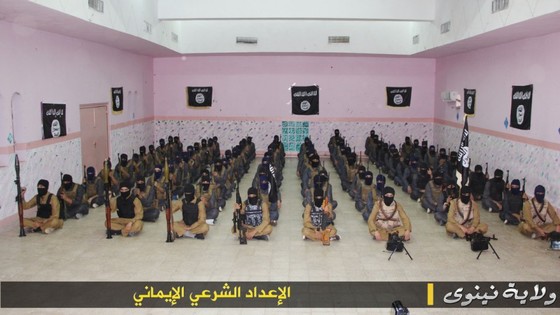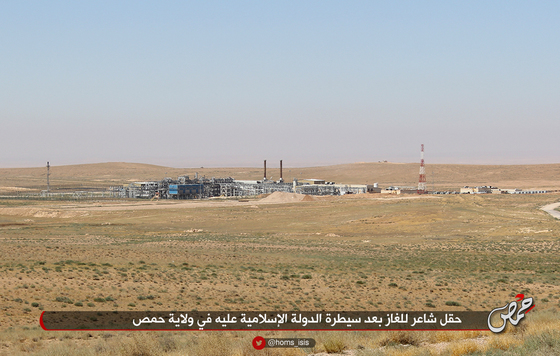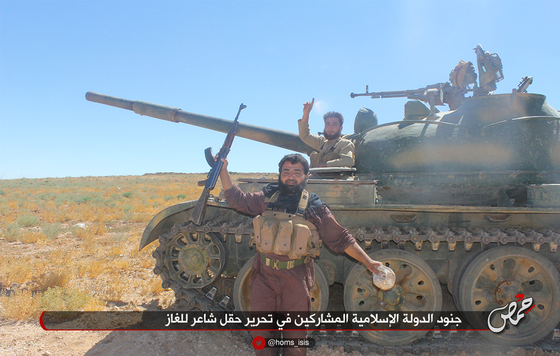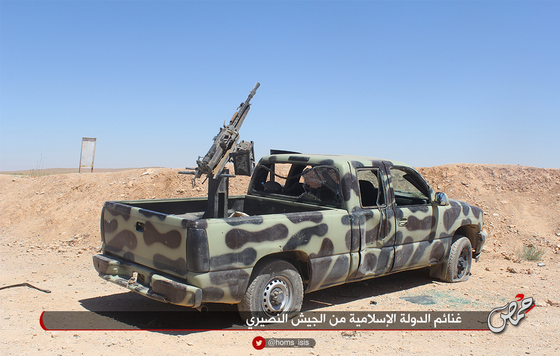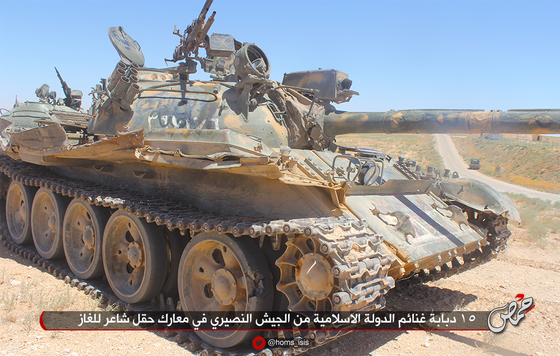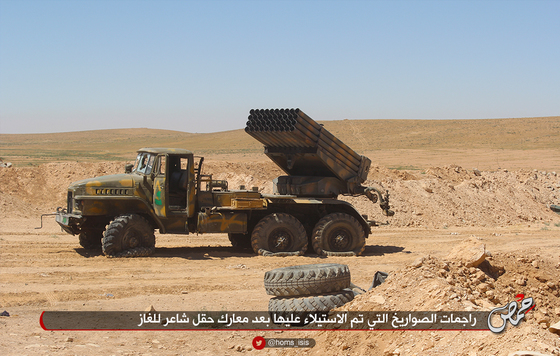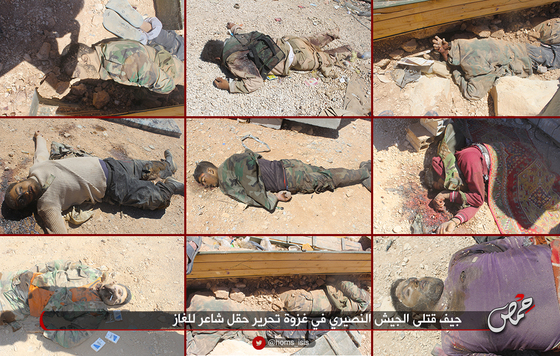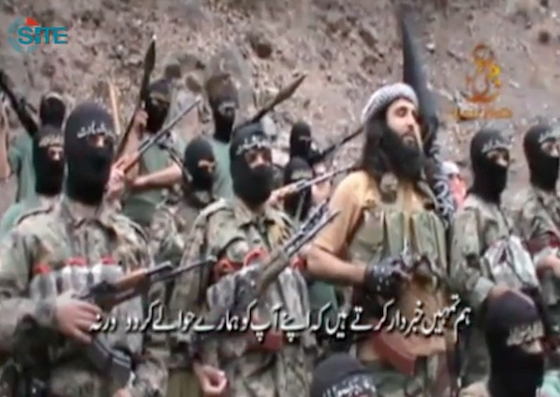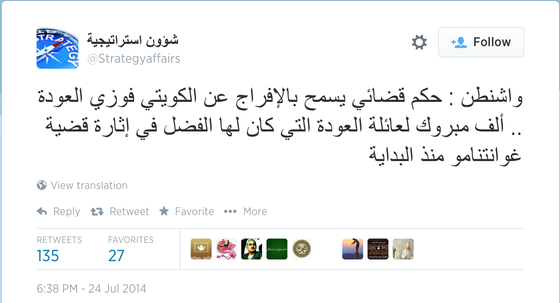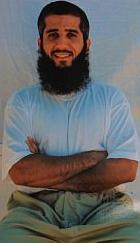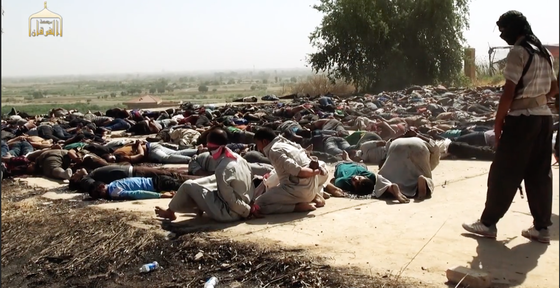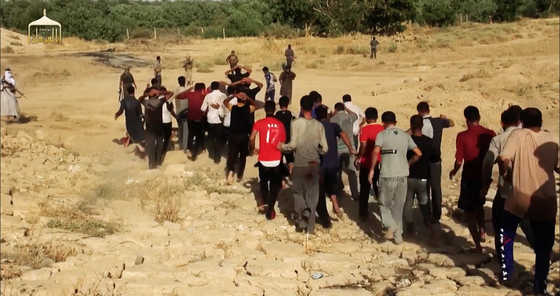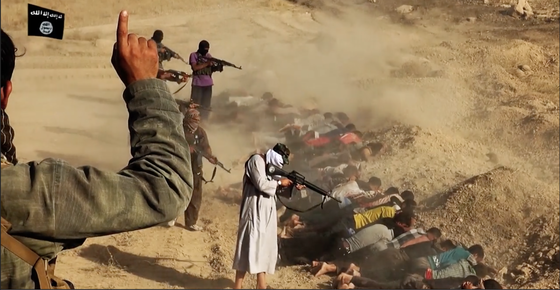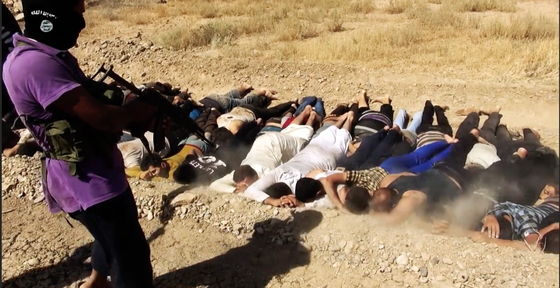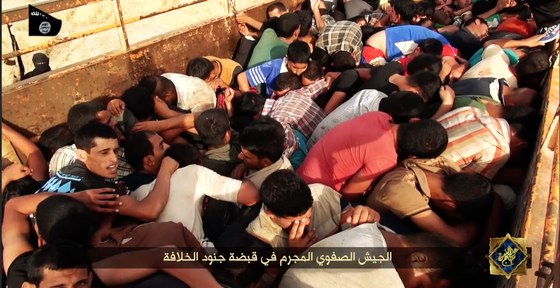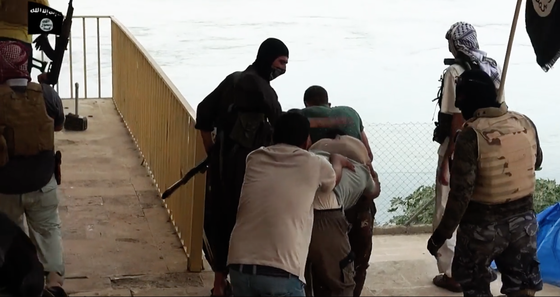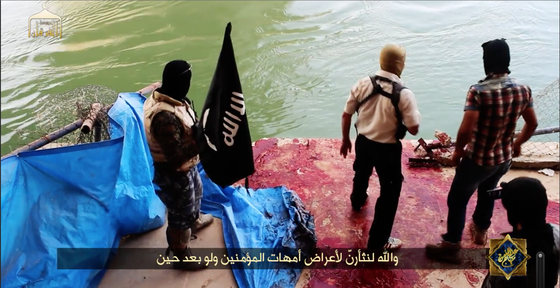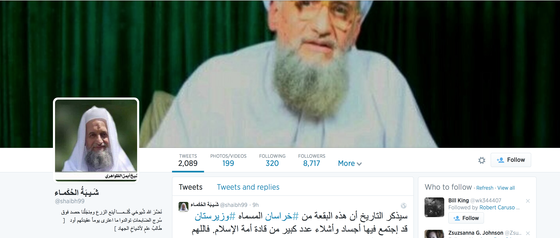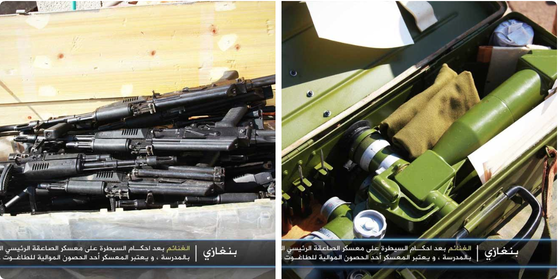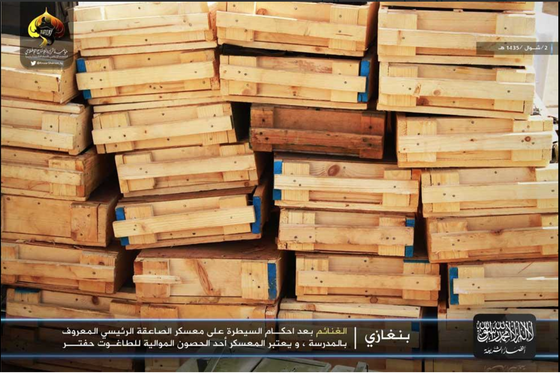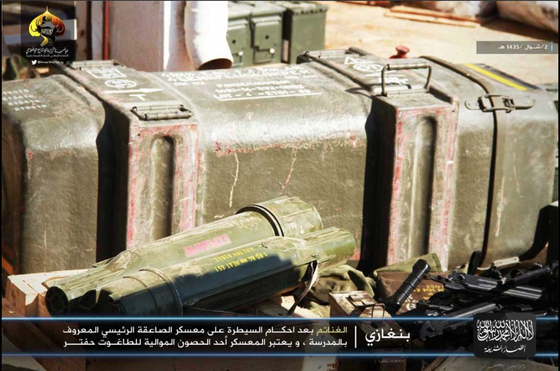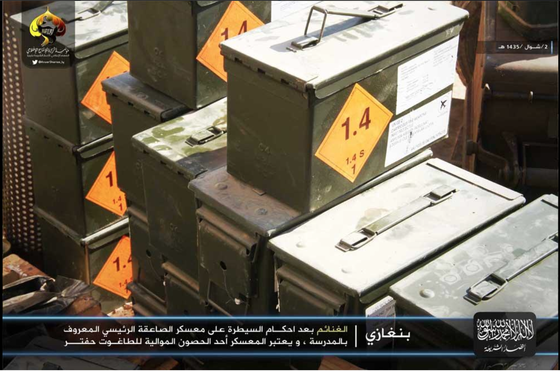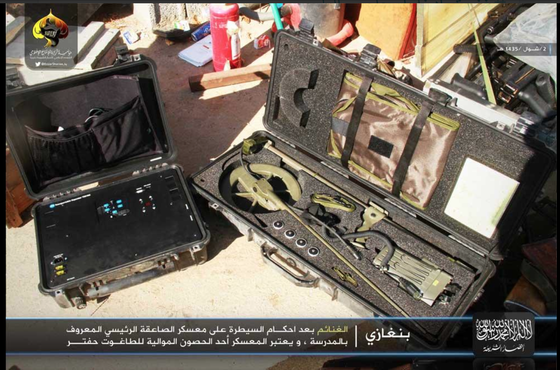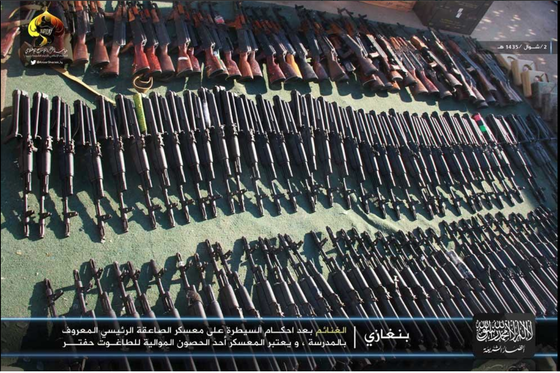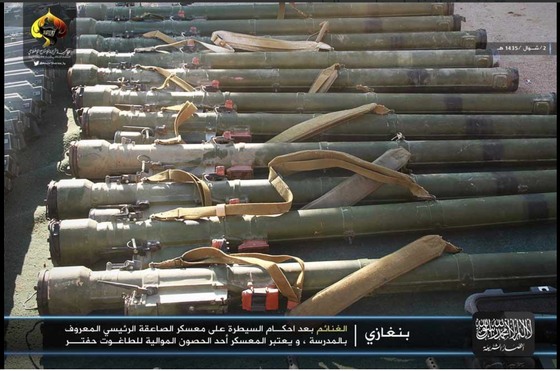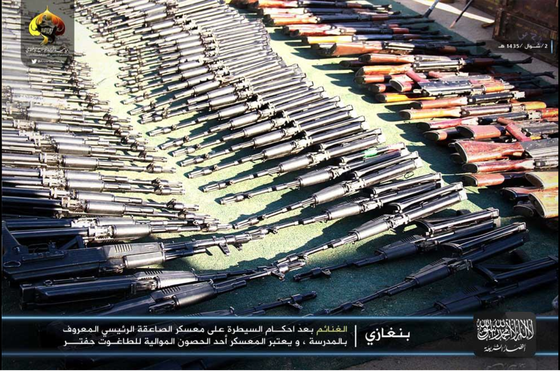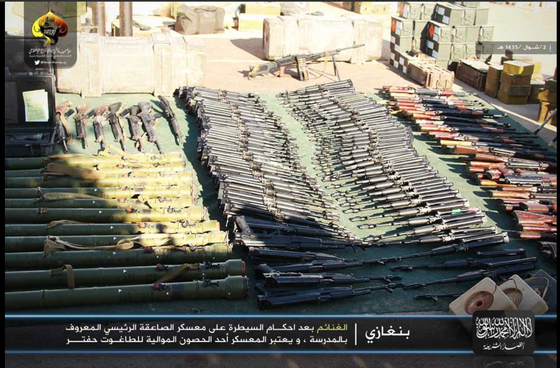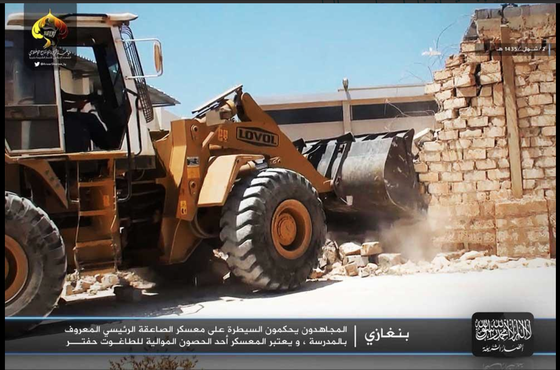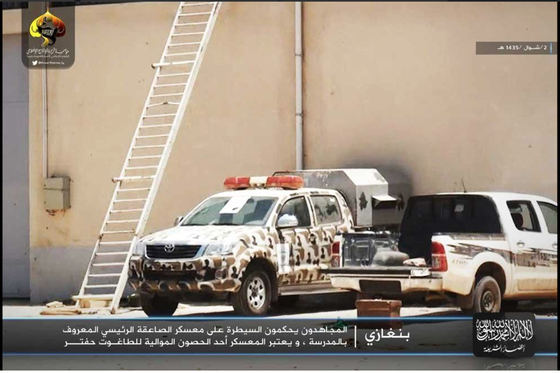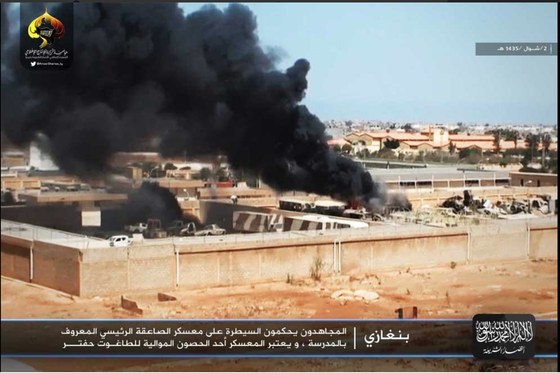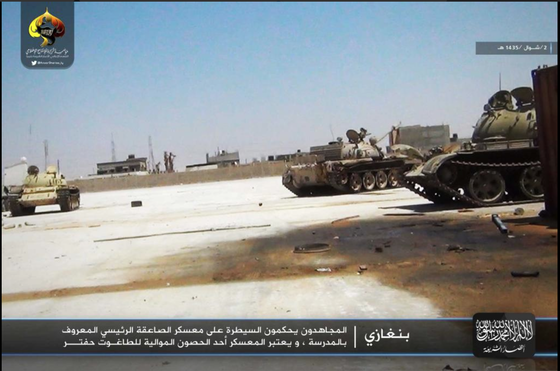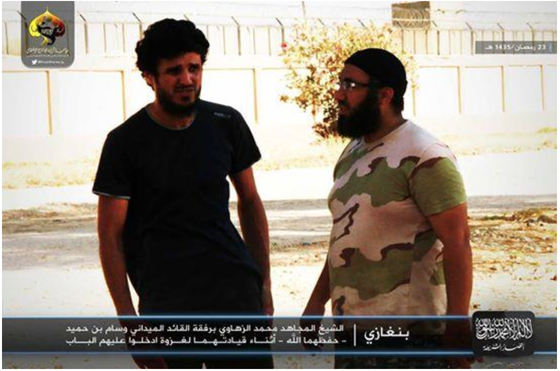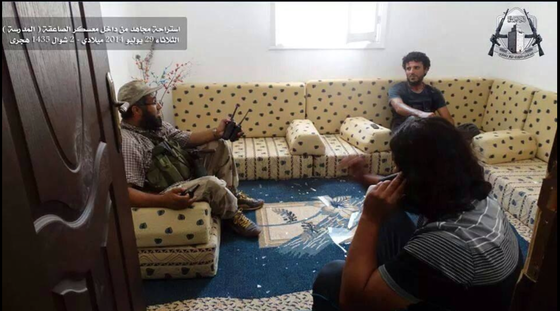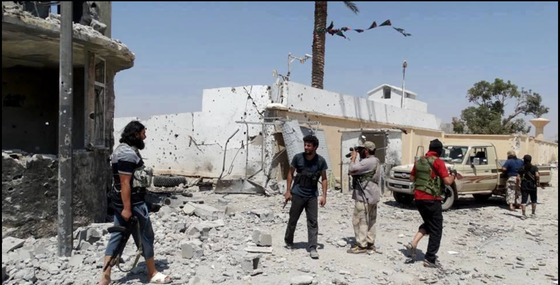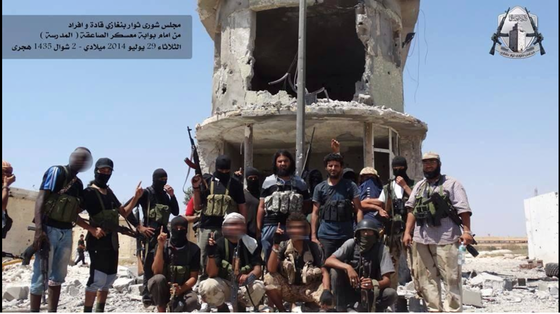![Screen Shot 2014-07-29 at 10.00.23 PM.png]()
|
Shaybat al Hukama's Twitter page. |
On July 28, a prominent online jihadist published a series of tweets explaining al Qaeda's bayat (oath of allegiance) to Taliban emir Mullah Omar. He then quickly, and suspiciously, deleted the tweets, claiming the "brothers" had asked him to do so.
The jihadist known as Shaybat al Hukama is a loyal follower of al Qaeda chief Ayman al Zawahiri. Both the header and avatar on his Twitter feed (@shaibh99) feature photos of Zawahiri, and al Hukama regularly posts the al Qaeda emir's videos and statements as well.
Al Hukama has not made his real name known. But his nom de guerre means "the eldest of the wise," which may be a tribute to Zawahiri, who is often referred to as the "wise man" of the Muslim nation.
Al Hukama first tweeted a link to a video of bin Laden from 2001. The video was released by al Qaeda's propaganda arm, As Sahab, on July 13. It is clearly intended to undermine the Islamic State's claim that its leader, Abu Bakr al Baghdadi, now rules over a caliphate and is therefore the rightful ruler of all Muslims.
Bin Laden is asked about his bayat to Mullah Omar in the video, and the deceased al Qaeda master stresses that it is a "great bayat." Bin Laden calls Omar the "Emir of the believers," a title usually reserved for the caliph, and calls on all Muslims to swear allegiance to the Taliban leader as well. Baghdadi's followers make a big deal out of the claim that he is supposedly descended from the Quraish tribe, from which Islam's earliest rulers come. But bin Laden says in the video that Mullah Omar's ancestry (he is not descended from the Quraish) is a "minor" factor and should not get in the way of others following him.
After tweeting the link to the video of bin Laden, al Hukama then offered his explanation of how al Qaeda's bayat to Mullah Omar works.
"I articulate to many of the brothers the saying of Imam Osama bin Laden that the bayat to Mullah Omar is a great bayat and the correct [decision] upon which the leadership settled was that he has the great bayat in the borders of his dominion," one tweet written by al Hukama, since deleted, reads.
In a pair of follow-up tweets, al Hukama wrote, "Al Qaeda, in all its branches, are obligated to the bayat to Mullah Omar following [in the path] of the general leadership of al Qaeda, and it is also permissible for them [al Qaeda's branches] by Mullah Omar to work outside Afghanistan."
"However," al Hukama continued, "the work is not credited to them [the Taliban] nor is it ascribed to them in any way. The communication and connection between the leadership of the Taliban and al Qaeda is present and maintained."
Interestingly, al Hukama's description of al Qaeda's oath to Mullah Omar matches the assessment of several US intelligence officials contacted by The Long War Journal. Al Qaeda's leaders have sworn a binding bayat to Omar. The Taliban leader does not direct or oversee al Qaeda's operations outside of South Asia. But al Qaeda still technically receives authorization from Omar to carry out its jihad elsewhere around the world. And al Qaeda also defers to Omar within "the borders of his dominion," that is, Afghanistan.
Debate over the jihadists' rightful caliph
Al Qaeda's bayat to Mullah Omar has been a hot topic of debate in jihadist circles in recent weeks. Abu Bakr al Baghdadi's claim to be "Caliph Ibrahim" has reverberated around the world, with a significant number of young jihadist recruits following his lead. Baghdadi's claims are a direct challenge to the authority of al Qaeda and the Taliban, as all other jihadist groups would be subordinate to the true caliph, should he arise. Al Qaeda rejects Baghdadi's claims, albeit indirectly. Meanwhile, the Taliban simply ignores "Caliph Ibrahim" in its statements.
On July 20, one week after al Qaeda released the video of bin Laden from 2001, al Qaeda reaffirmed its allegiance to Omar in the first edition of a new publication, "Al Nafir." The newsletter said that "al Qaeda and its branches everywhere are soldiers among [Mullah Omar's] soldiers."
Al Qaeda's allegiance to Mullah Omar has drawn heavy criticism from the Islamic State and its online supporters. The Taliban claims to be the "Islamic Emirate of Afghanistan," and not a caliphate. And Mullah Omar seemingly has little say over how the jihadists' affairs are conducted far from South Asia, where most of al Qaeda's "branches" operate.
It is in this context that al Hukama first tweeted, and then deleted, his explanation of how al Qaeda's bayat to Mullah Omar really works. But he deleted them only after the Islamic State's supporters had noticed and posted screen shots of the tweets online.
In follow-up tweets, al Hukama disavowed any official capacity and played down his role.
"Oh brothers I am not a source close [to the decision makers] and not anything of the sort!" al Hukama wrote in one tweet. "And my words are words of an individual that clarify the confusion that I see and is not an official statement, and I do not represent any party, rather I am anonymous like others."
In another tweet, al Hukama said that he writes what he sees as "appropriate without being accountable to any organization or group." The accompanying hashtag reads, "#disclaimer."
Real identity and role uncertain, but appears to be very well-connected
Despite the fact that al Hukama claims to be unconnected to any group, there is abundant evidence indicating otherwise. And his tweets show that when influential, but unnamed, jihadists (the "brothers") complained about his unauthorized explanations of al Qaeda's bayat to Mullah Omar, he deleted them. This suggests he does answer to someone. In the past, he has admitted direct ties to members of al Qaeda's online media operation.
In June, BBC Monitoring published a profile al Hukama, describing him "as a trusted jihadist media operative who appears to be well-connected in [al Qaeda] circles."
Al Hukama frequently provides his more than 8,700 Twitter followers with what appear to be insider details on al Qaeda's operations. BBC Monitoring pointed to several examples in this regard.
In June 2013, al Hukama said that Zawahiri was working on a book about the Egyptian constitution, which al Qaeda and its allies have repeatedly criticized.
In March 2014, he claimed to offer details concerning conversations that Adam Gadahn, an al Qaeda propagandist, had with al Qaeda's senior leadership about the Islamic State. Al Hukama defended Gadahn against his critics and said that he was not the only official responsible for As Sahab, al Qaeda's propaganda arm. He has also defended the performance of al Fajr, al Qaeda's online distributor of propaganda, and praised the "man in charge of it, whom he said he knew."
And, in April 2014, al Hukama told Libyans that "a man worth a thousand men has come your way," setting off speculation that a senior al Qaeda figure had been sent to the North African country.
Although al Hukama has posted to his Twitter page since May 2013, BBC Monitoring notes that he only "rose to prominence" in early 2014, when he became a staunch critic of the Islamic State. This was around the same time that al Qaeda's general command disowned Abu Bakr al Baghdadi's group.
Abu Khalid al Suri, Zawahiri's chief representative in Syria, was killed in February 2014 and al Hukama repeatedly heaped praise on the veteran jihadist. After al Suri was killed, al Hukama said Zawahiri would "surely cry" because Zawahiri trusted al Suri "like he trusted no other man." It is widely believed that the Islamic State was responsible for al Suri's death.
Al Hukama played a key role in promoting an online petition that was addressed to Zawahiri and signed by several key jihadist ideologues in April 2014. The leading jihadists asked Zawahiri to comment on key issues in the dispute between the Islamic State and al Qaeda, including the bayat that Abu Bakr al Baghdadi had sworn to al Qaeda's senior leaders. Al Hukama would later tell jihadists that the petition had reached al Qaeda's leaders "in full" and that they would be responding. Indeed, Zawahiri issued a response to the petition in May 2014, saying he owed his "honorable brothers" a response. Al Hukama was not named by Zawahiri, but he clearly helped broker the back and forth.
Al Hukama is highly respected by known al Qaeda operatives on Twitter, including officials in the Al Nusrah Front, al Qaeda's official branch in Syria.
For all of these reasons, and more, al Hukama seems to at least know other jihadists in al Qaeda's online media operation. However, his precise role and identity are not publicly known.
While al Hukama does not share these details with the public, he does not hide his admiration for either Zawahiri or Mullah Omar. After he deleted his tweets discussing the bayat al Qaeda's leaders have sworn to Mullah Omar, al Hukama published a new one, which includes a picture of Mullah Omar.
"This Emirate is graced -- by our Emir Mullah Omar," the tweet featuring the photo of Omar reads. Al Hukama describes Omar as a man "of manliness and holiness," and as the "lion of the vanguard," who terrifies "the army of tyrants as soon as he appears."
Oren Adaki, a research associate and Arabic language specialist at the Foundation for Defense of Democracies contributed to this article.

